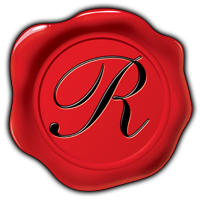In print advertising, artwork is the initial impression that consumers have of your business or product. It’s the first step in gaining the attention of the buyer you are trying to sell to. That visual typically is the difference between if the person decides to pay attention to the pieces of your advertising- the verbiage, the product or service itself, and the offer, or moves along to what captures their attention next.
Almost every day I have conversations with business owners and decision makers who ask about how their artwork should look. It’s an important question and comes up so often because many people just aren’t sure how to go about it. Most people (including me) know what they like when they see it but don’t know how to express that verbally or artistically. That’s ok though, and the reason why my company employs very talented and artistic designers. I trust them implicitly because they’ve proven their professionalism with our clients consistently through the years. And they’re not just artists, they know what works and what consumers like.
With that being said, I have learned from many years of experience the difference between good and bad artwork:
Good
– Simple clear message
– Holds interest
– Stong call to action
Bad
– Requires the reader to work hard
– Missing attention-getting elements
– Can’t tell what you are really trying to offer
Ugly
– Full of clutter
– Low-quality images
– Overuse of color and fonts
(Graphic Designers nightmare)
Avoid the temptation to include every product or service line you offer in your ad. Don’t make the prospect have to think about or evaluate everything and the kitchen sink you threw in there. They don’t want to think and they’ll ultimately move past your ad and forget all about you. Tell your prospect we are Acme Company, we make your life better, and do it for 40% off. That’s it.
If you’re worried about leaving out something you think might be important then include your website address. If the prospect wants or needs more information they will gladly take the time to visit your website and learn more about everything you do and why it’s important to them. Your website is your encyclopedia, your print advertisement is not.

Contributed by Jeff Vice


